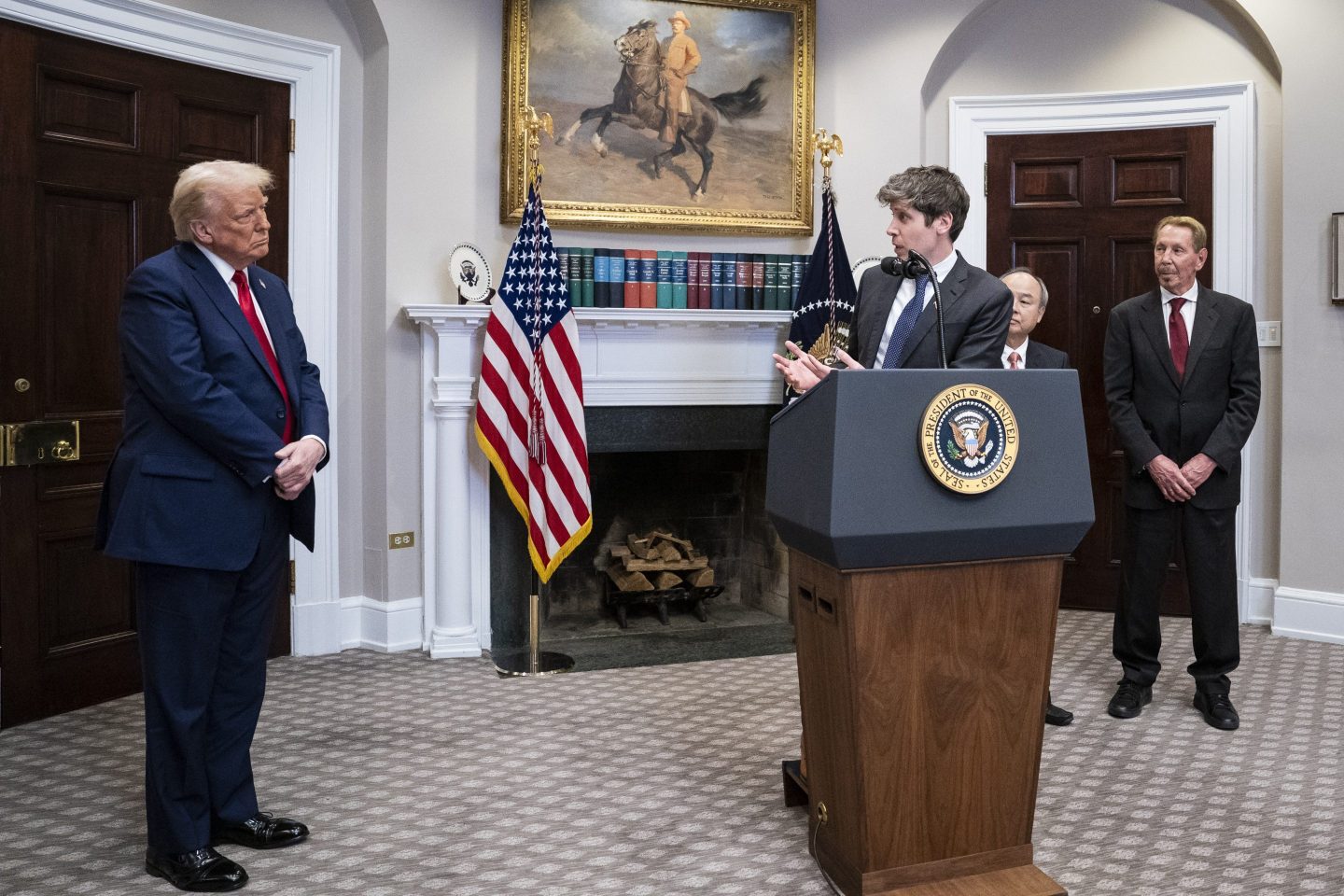The Chinese AI startup DeepSeek shocked the U.S. tech industry this weekend when it unveiled a cutting-edge large language model that could compete with top players like OpenAI—and was built on a shoestring budget. The news delivered one of the biggest one-day wipeouts to U.S. tech stocks in recent memory. Several influential voices, however, warn the staggering claims put forth by the mysterious lab can’t be taken at face value.
So what exactly is DeepSeek, founded by the head of a Chinese quant trading fund, saying it has accomplished? For starters, the startup says it made its new R1 model in two months for under $6 million, or about 3% to 5% of what it reportedly cost OpenAI to create its next-generation o1 counterpart. DeepSeek also says it only had access to Nvidia H800 chips, a watered-down product designed to comply with U.S. export restrictions, as well as an older generation A100 offering—claiming in effect it has matched or bested the West’s best models with a hand tied behind its back. Several experts, however, say those claims are likely misleading or downright untrue.
One skeptic is Alexandr Wang, the CEO of Scale AI and the world’s youngest self-made billionaire, who has framed the AI race as a war the U.S. must win. Last week, Wang said his company’s tests confirmed that DeepSeek’s R1 model can indeed outperform, or at least compete with, the top American equivalents. Critically, though, he claimed that DeepSeek and other Chinese labs have gotten their hands on more cutting-edge H100 chips (previously Nvidia’s flagship offering before its Blackwell platform came out late last year) than they let on.
“My understanding is that DeepSeek has about 50,000 H100s,” he told CNBC, “which they can’t talk about, obviously, because it is against the export controls that the United States has put in place.”
Elon Musk replied to a clip of Wang’s comments in a post on X, the social media platform he owns.
“Obviously,” said Musk, the CEO of xAI, the world’s richest man, and a close ally of U.S. President Donald Trump.
Obviously
— Elon Musk (@elonmusk) January 27, 2025
Ted Mortonson, a managing director and tech strategist at Baird, also doubts DeepSeek could have built its model with reduced-capacity H800 chips. He also thinks the reaction to DeepSeek’s supposed innovations is overblown, suggesting American firms could have pursued such a model if they wanted.
“We’ve got some of the best AI engineers in the world sitting in the U.S.,” he said. “And to say that they haven’t looked at this on open-source and optimization is kind of ludicrous, if you think about it. So, I don’t personally really put a lot of trust into what Chinese companies are saying.”
DeepSeek’s cost figures misleading
Gavin Baker, managing partner and CIO at Boston hedge fund Atreides Management, said it’s true that DeepSeek’s R1 can accomplish inference—when an already-trained model generates outputs—faster and more cheaply than Open AI’s o1. But he adds an important qualifier.
Pegging R1’s price tag at $6 million, he said, is wildly misleading. DeepSeek’s technical paper, he noted, said the figure did not include “costs associated with prior research and ablation experiments on architectures, algorithms, and data.”
“Other than that Mrs. Lincoln, how was the play?” Baker mused on X, referencing Abraham Lincoln’s assassination. “This means that it is possible to train an [R1] quality model with a $6m run *if* a lab has already spent hundreds of millions of dollars on prior research and has access to much larger clusters.”
1) DeepSeek r1 is real with important nuances. Most important is the fact that r1 is so much cheaper and more efficient to inference than o1, not from the $6m training figure. r1 costs 93% less to *use* than o1 per each API, can be run locally on a high end work station and…
— Gavin Baker (@GavinSBaker) January 27, 2025
Baker also said it probably would not have been possible for DeepSeek to train R1 without access to OpenAI’s ChatGPT-4o or o1. Permitting Chinese companies to peel off leading American models, he said, seemed to defeat the purpose of export restrictions.
“Interesting analysis,” Musk responded. “Best I’ve seen.”
While there is ample reason to question some of DeepSeek’s claims, it’s worth noting that U.S. tech leaders are for now taking them very seriously. That includes Meta CEO Mark Zuckerberg, who has reportedly assembled war rooms of engineers to examine how DeepSeek may have leveled the playing field.
Meanwhile, the prominent venture capitalist Marc Andreessen called DeepSeek’s rise a “Sputnik moment,” referring to when the Soviet Union beat the U.S. in launching a satellite into space. Investors have long been questioning whether the AI capital expenditure boom that has swept Silicon Valley in recent years is Wall Street’s next big bubble—and some are worried it’s starting to pop.












